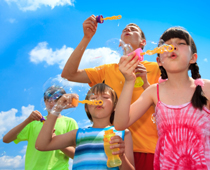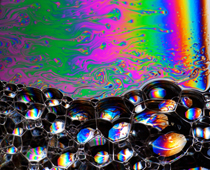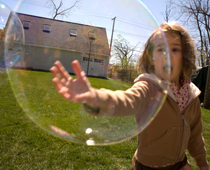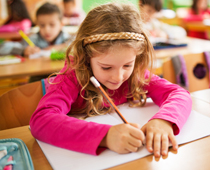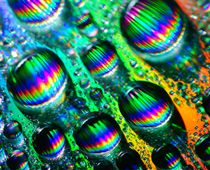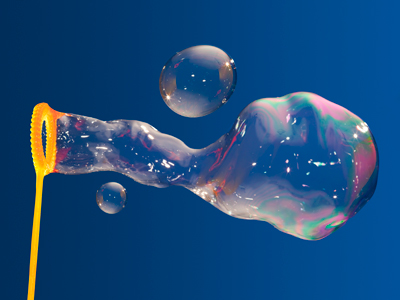
Investigating - Experiments and Results
This quiz addresses the requirements of the National Curriculum KS1 Science for children aged 5 and 6 in years 1 and 2. Specifically this quiz is aimed at the section dealing with investigating by experiments and recording results.
A class at school are investigating bubbles. They ask questions about bubbles. They know how to find things out in science. They plan to investigate by doing experiments with bubbles. They write things down and they display their results. Can you help them to ask questions, plan their experiments, and record their results? What will they find out about bubbles?
He tried it ten times. Eight times out of ten the first bubble was the biggest.
Ryan is telling his teacher what he has found out. What does he say?
Ready for more?
not all...
quizzers. Try to win a coveted spot on our Hall of Fame Page.






